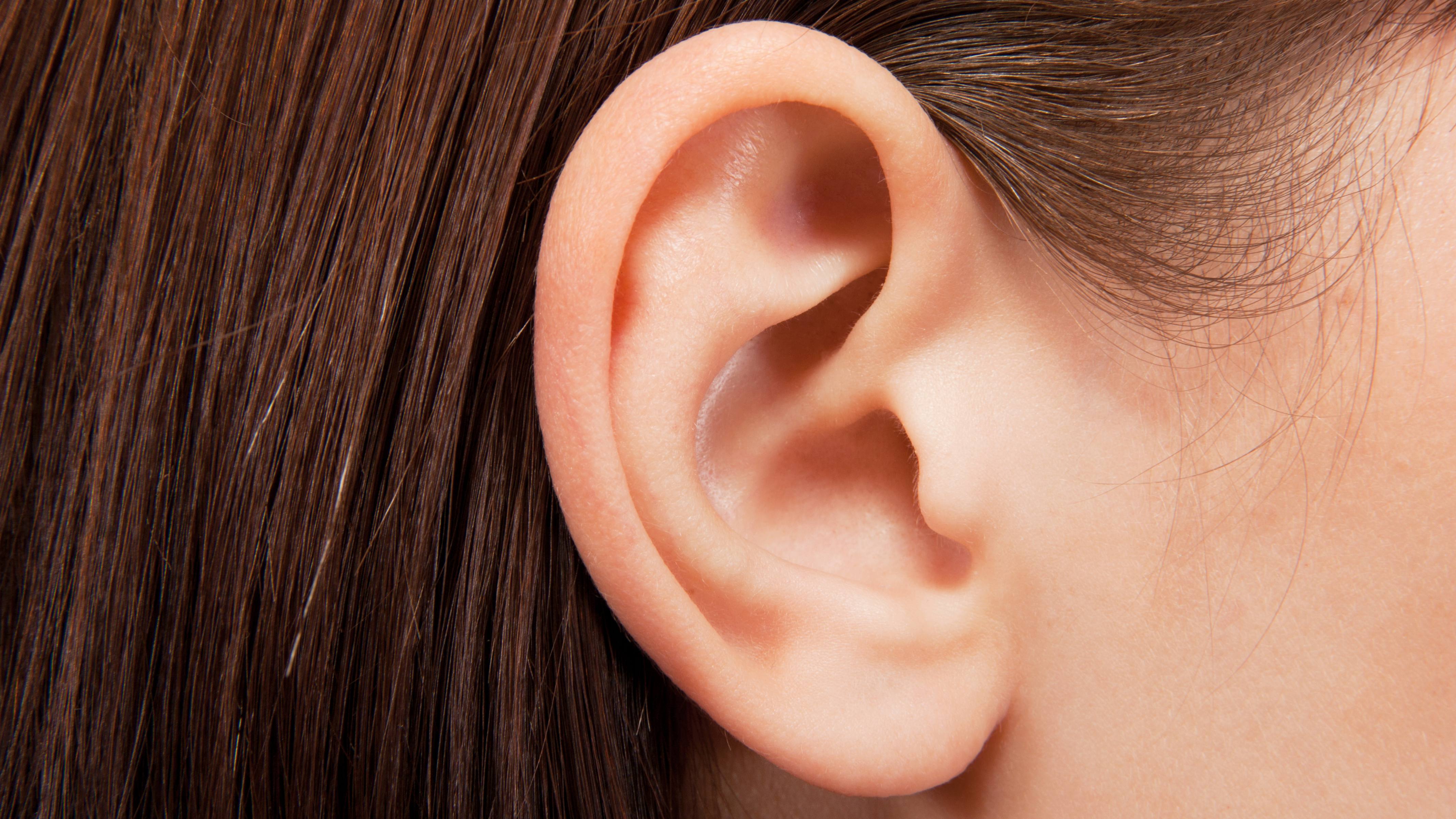-
Home Remedies: Effective earwax removal

Earwax is a helpful and natural part of your body's defenses. It cleans, lubricates and protects your ear canal by trapping dirt and slowing the growth of bacteria.
Earwax blockages commonly occur when people try to clean their ears on their own by placing cotton swabs or other items in their ears. This often just pushes wax deeper into the ear, which can damage the lining of your ear canal or eardrum.
Never attempt to dig out excessive or hardened earwax with available items, such as a paper clip, a cotton swab or a hairpin.
If your eardrum doesn't contain a tube or have a hole in it, these self-care measures may help you remove excess earwax that's blocking your ear canal:
- Soften the wax.
Use an eyedropper to apply a few drops of baby oil, mineral oil, glycerin or hydrogen peroxide in your ear canal. - Use warm water.
After a day or two, when the wax is softened, use a rubber-bulb syringe to gently squirt warm water into your ear canal. Tilt your head and pull your outer ear up and back to straighten your ear canal. When finished irrigating, tip your head to the side to let the water drain out. - Dry your ear canal.
When finished, gently dry your outer ear with a towel or hand-held dryer.
Signs and symptoms of earwax blockage may include:
- An earache
- Feeling of fullness in the affected ear
- Ringing or noises in the ear (tinnitus)
- Decreased hearing in the affected ear
- Dizziness
- Coughing
This article is written by Mayo Clinic staff. Find more health and medical information on mayoclinic.org.







